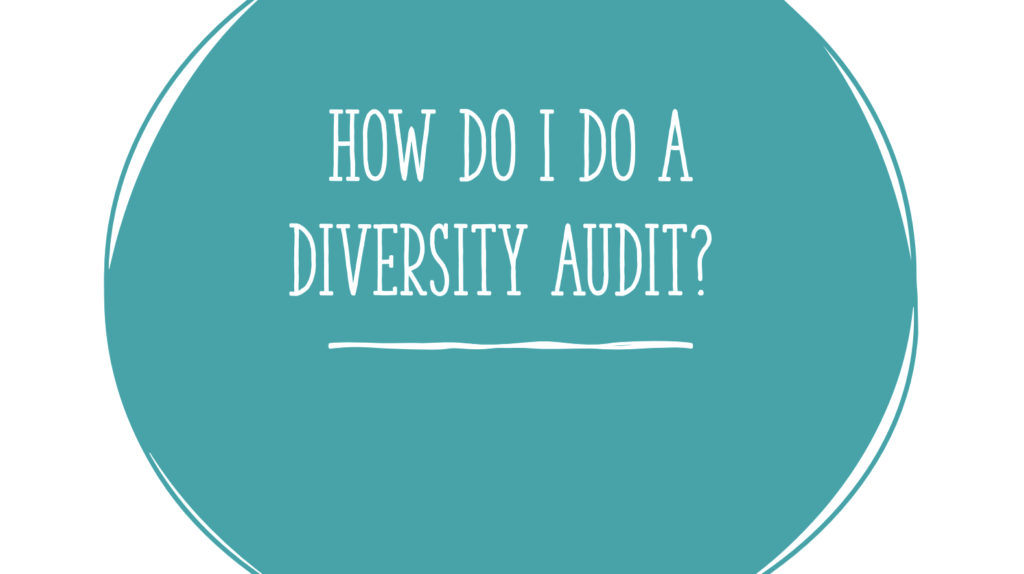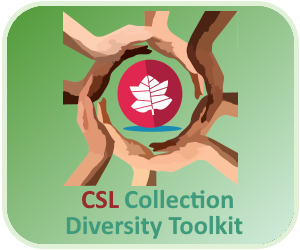 | 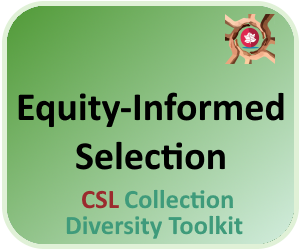 | 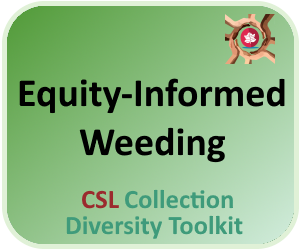 | 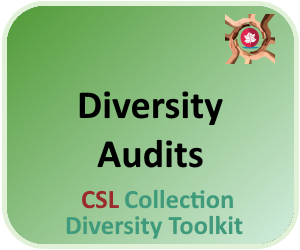 | 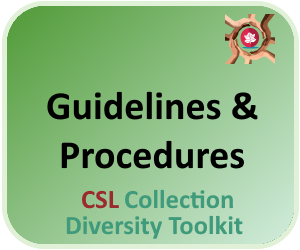 | 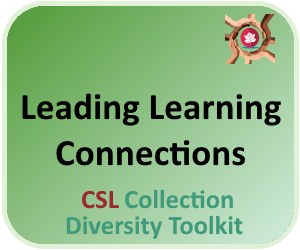 | 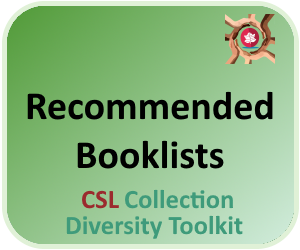 |

Diversity Audits
Key Questions:
- What is a diversity audit?
- What are the benefits of conducting a diversity audit?
- How do you do a diversity audit?
- What are the follow-up actions and outcomes of conducting a diversity audit?
If you are considering auditing the diversity of your library collection these slides and videos are a starting point to help you begin. There are many considerations and decisions to be made about the type of data you are looking to collect and how you will use your findings to plan next steps. This quick overview may help you decide if a diversity audit will support your learning and your future book purchases.
Have you ever wondered what a diversity audit is? Here’s a quick peak at what this work involves in 30 seconds.
Why should you do a diversity audit? In this two minute clip we’ll convince you that this work is important and necessary to keep equity at the forefront of school library collections.
If you are starting a diversity audit we recommend starting with some key questions. You can listen to our guiding questions to help you create your own.
How do I do a diversity audit?
Guiding Questions:
- What is important to us here and now?
- How are we being responsive to our community?
- How are we meeting the needs of learners?
- Can we find the information?
- Is it readily available, reliable, accurate, and free of interpretation or nuance?
- What will we do with the information when we have it?
- How will this information inform our practice, purchasing, and advocacy?
- How will this data help us to support our students in seeing themselves in our collections?
Steps in the Diversity Audit Process:
Set-Up: Which part of the collection will be audited? Who will conduct the audit? How many items will make up the random sample? What tool will be used for tracking?
Markers: Which markers will be used in this audit? What information is important to you right now? Consider your school/district/country context. How will you deal with problematic portrayals?
Percentages: What percentage of diversity will you aim for? On what will you base these percentages?
Tracking: Work through your list of books, tracking the author and protagonist using the determined markers. Use book summaries, author websites, etc. to audit your items.
Analysis: Examine the data. Are your results close to the percentage of diversity you were aiming for? Where are the gaps? What stands out? What is problematic?
Next Steps: What will you do with the data you have gathered? Share it? Determine new patterns for acquisitions? Extend the audit for the next year? Something else?
After the Audit:
- Sharing: Share with staff, other teacher-librarians and library professionals, the broader learning community.
- Purchasing: Increase under-represented voices in the library learning commons collection.
- Student Voice: Involve students in future resource selection.
- Weed: Review the CSL Diversity Toolkit resources on equity-informed weeding.
- Advocacy: Put pressure on publishing companies. We need more diversity in literature and resources.
Read more CSL resources by our contributors Rebeca Rubio and Toni Duval.
Duval, T. (2020). Diversity Audit of a Middle School Library. CSL Journal 4(3). Link to Toni’s diversity audit spreadsheet – an exemplar of defining and tracking markers.
Rubio, R. (2021). Diversity Audits in Library Learning Commons: Equity in Action. CSL Journal 5(1).

More Diversity Audit Resources
Bogan, K. (2020). Diversity Audit: Final Presentation. Don’t Shush Me: Adventures of a Future Ready High School Librarian (Blog).
Jensen, K. (2017). Diversity Considerations in YA: Doing a Diversity Audit. Teen Librarian Toolbox.
Van Tassel, B. & McLean, S. (2020). How White is Your Collection? (Presentation Slides). Ontario Library Association Super Conference 2020.
Resources about Diversity in Publishing
Educator Resource Guide for the Diversity Baseline Survey 2.0 (2020). The Open Book Blog.
Dundas, D. (2019). Who do we see in kids’ books? Star survey puts numbers to the state of diversity. Toronto Star.
Hirchberg, S. (2019). Who are the characters in your picture books? Booknet Canada.
An Updated Look at Diversity in Children’s Books (2019). School Library Journal.
 |  |  |  | ||
 |  |  |

